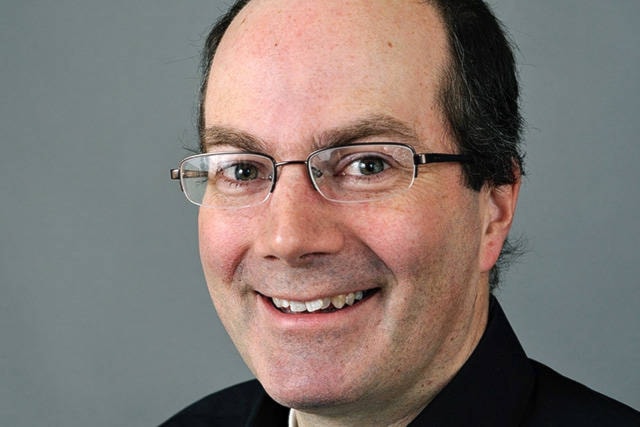“An election is no time to discuss serious issues,” Prime Minister Kim Campbell was reported to have said during the 1993 election campaign.
Never mind that she never said those exact words. She went on to lead her party to a historic drubbing at the polls.
NDP leader Kate White put on a traditional media photo opportunity on the first Wednesday of the Yukon election campaign, announcing the party’s housing platform. The photo was of the same empty government-owned lot where then-NDP leader Liz Hanson announced her housing policy during the 2011 election. It didn’t take talking points distributed by NDP communications wizards for the media to note that no housing had been built on the lot under the last Yukon Party and Liberal administrations.
But hidden behind the politicking was a new idea. New to the Yukon anyway.
White talked about some kind of affordable housing authority where people can buy a house affordably, own it and then sell it. The difference between this and the normal way of buying a house is that it is cheaper upfront, but the amount you sell it for later is capped or shared with the trust and you may not own the land.
It’s not a new idea. In fact, it’s imported from the United States where former presidential candidate Bernie Sanders popularized the idea. This was way back in the 1980s. While Ronald Reagan was launching a wave of deregulation and trickle-down economics nationally, left-wing radical Bernie Sanders won election as mayor of Burlington, Vermont by 10 votes. He went on to found what is now the Champlain Housing Trust.
While Sanders’ roommate later said the community reacted to Sanders’ radical policy program as if Leon Trotsky had taken over the city, the housing trust idea is now an uncontroversial part of the housing landscape in Burlington. It has grown and is still running almost 40 years later, and the idea has spread to hundreds of other communities across the U.S.
The housing trust sounds very weird for those, like me, who are used to the traditional model of home ownership. This is where you buy the land and house as a package and then get to keep all the money when you sell the package later.
The housing trust idea works differently. There are many variants to the idea. In one version, the government purchases some land. People who qualify can build a house on the land. In return for the use of the land, they agree to a cap on the resale price related to the rate of inflation or to share the future profits with the trust.
Basically, this makes it easier for first-time home-buyers to get into the market and start generating some home equity. They give up some of the upside of full-package home ownership, but that’s better than being stuck renting forever.
Furthermore, you can argue that this makes the government’s initial grant for the land go farther. Instead of spending money to subside rents this year, like many affordable housing programs do, the government has created an entity that will live forever and will pass on the benefits of lower housing costs to the next generation that buys the house (at that capped formula, for example) decades in the future.
Apparently, this was one reason why Sanders’ idea got support from some Republicans back in Reagan-era Vermont. Rent control was another of Sanders’ policy ideas, as it is with White and the NDP, but this was shot down by voters in a 1982 referendum in Burlington. Economists generally take a dim view of rent controls, since making investment in rental housing less attractive generally isn’t helpful to increasing long-term supply (full disclosure: I own a house and rent it out).
Sanders-style community housing trusts won’t solve the entire housing crisis. Despite their spread south of the border, the U.S. still has plenty of housing issues. But they could be a useful part of the toolkit and are worth experimenting with. Because of the split between land ownership and house ownership, versions of the model could be particularly interesting for some landowners such as First Nations developing housing on their land.
Remember that the Yukon has a long tradition of non-profits efficiently delivering high-quality services that are done by the government in other places. Think of how the Mount MacIntyre ski trails are on public land but managed by the Whitehorse Cross-Country Ski Club. Or how Raven Recycling is central to our waste management system.
So kudos to one fresh idea in this election campaign. I hope that the other political parties pay this idea the ultimate compliment and steal it for their own platforms.
Keith Halliday is a Yukon economist and author of the MacBride Museum’s Aurore of the Yukon series of historical children’s adventure novels. He is a Ma Murray award-winner for best columnist and received the bronze for Outstanding Columnist in the 2019 Canadian Community Newspaper Awards.
